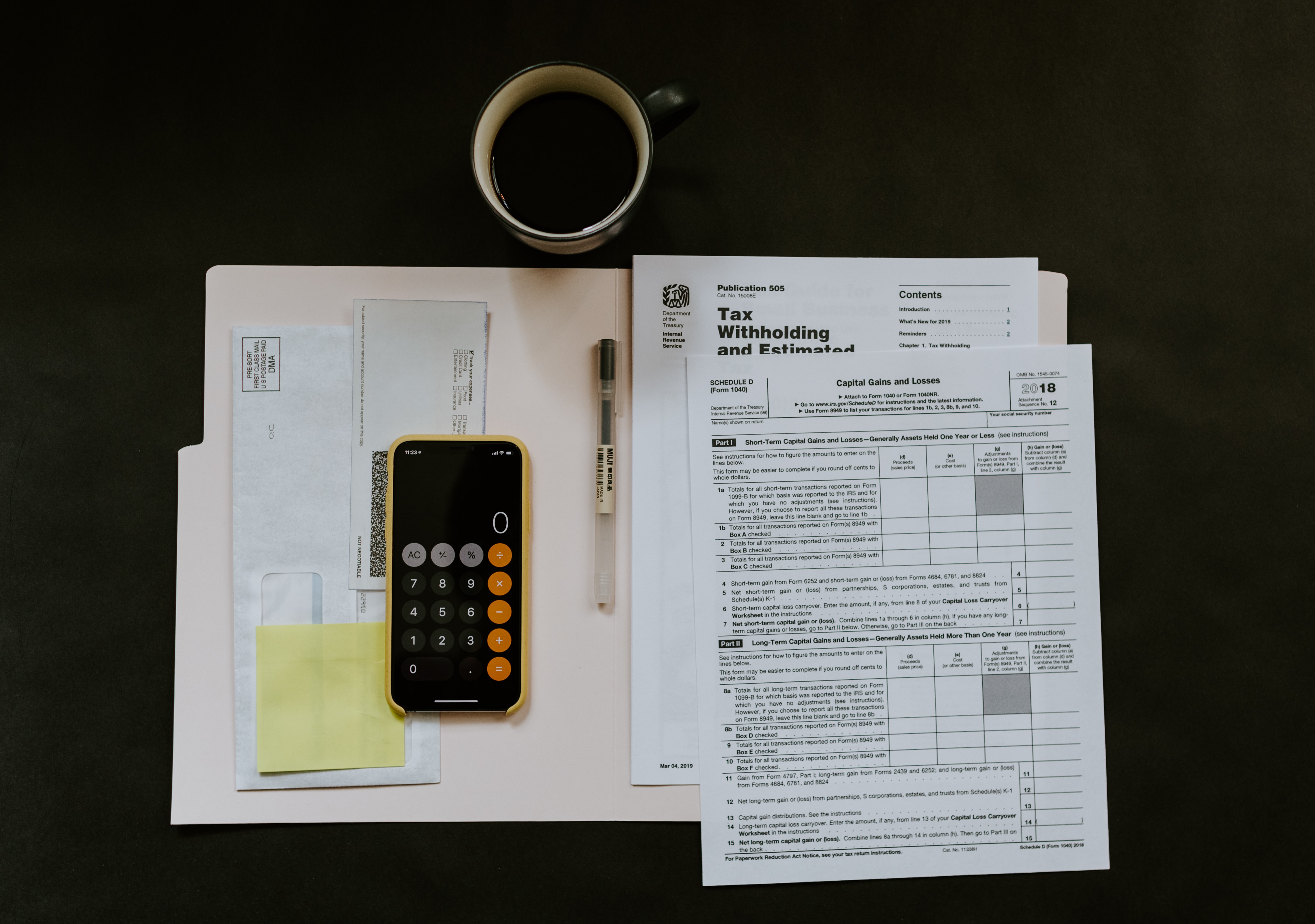Investing for retirement is a young man (or woman’s) game, the earlier you start the better. I have dug into a few topics in regard to retirement saving including maximizing your employer’s contribution matches.
A backdoor Roth IRA is a way for individuals who earn too much money to contribute directly to a Roth IRA to still be able to contribute to a Roth IRA indirectly. It involves contributing to a traditional IRA and then converting the traditional IRA to a Roth IRA.

Eligibility for a backdoor Roth IRA
To be eligible for a backdoor Roth IRA, you must have earned income and your income must not exceed certain limits.
If you are married filing jointly, for example, you can contribute to a backdoor Roth IRA if your modified adjusted gross income (MAGI) is less than $196,000 in 2022. If you are single, the income limit is $125,000.
Advantages of a backdoor Roth IRA
There are several advantages to using a backdoor Roth IRA:
- Allows you to contribute to a Roth IRA even if you exceed the income limits for direct contributions
- Contributions to a Roth IRA are made with after-tax dollars, so all qualified withdrawals from a Roth IRA are tax-free
- Can be a useful strategy for tax planning and saving for retirement
Rules and restrictions
There are some rules and restrictions to be aware of when it comes to a backdoor Roth IRA:
- You must have a traditional IRA that is separate from any employer-sponsored retirement plans, such as a 401(k), in order to contribute to a backdoor Roth IRA
- You must not have any existing traditional, SEP, or SIMPLE IRAs with a balance, as these may trigger the pro-rata rule when converting to a Roth IRA
- You must pay taxes on the converted amount if you have any pre-tax contributions in your traditional IRA

Steps for contributing to a backdoor Roth IRA
Here are the steps for contributing to a backdoor Roth IRA:
- Contribute to a traditional IRA
- Convert the traditional IRA to a Roth IRA
- Pay taxes on the converted amount, if applicable
Backdoor IRA Contributions Frequently Asked Questions
Here are some frequently asked questions about backdoor Roth IRAs:
Q: Can I contribute to a traditional IRA and a backdoor Roth IRA in the same year?
A: Yes, you can contribute to both a traditional IRA and a backdoor Roth IRA in the same year as long as you meet the eligibility requirements for both.
Q: Can I contribute to a backdoor Roth IRA if I already have a traditional IRA?
A: Yes, you can contribute to a backdoor Roth IRA even if you already have a traditional IRA. However, you must have a traditional IRA that is separate from any employer-sponsored retirement plans, such as a 401(k).
Q: Are there any income limits for converting a traditional IRA to a Roth IRA?
A: There are no income limits for converting a traditional IRA to a Roth IRA. However, you must pay taxes on the converted amount if you have any pre-tax contributions in your traditional IRA.
Q: Can I convert a 401(k) to a Roth IRA using the backdoor Roth IRA strategy?
A: No, you cannot use the backdoor Roth IRA strategy to convert a 401(k) to a Roth IRA. However, you may be able to roll over your 401(k) to a traditional IRA and then convert the traditional IRA to a Roth IRA.
Q: Is there a limit to how much I can contribute to a backdoor Roth IRA?
A: The contribution limits for a traditional IRA and a Roth IRA are the same. For 2023, the contribution limit is $6,500 for those under the age of 50, and $7,500 for those 50 and older. However, these limits may be adjusted for inflation in future years. You can always check the IRS website for updated contribution numbers.

Wrapping Up
A backdoor Roth IRA can be a useful strategy for individuals who want to contribute to a Roth IRA but are not eligible to do so due to income limits. By contributing to a traditional IRA and converting it to a Roth IRA, you can enjoy the tax benefits of a Roth IRA while also saving for retirement.
It’s important to be aware of the rules and restrictions associated with a backdoor Roth IRA, and to consult with a financial advisor or tax professional before making any decisions. With the right planning and strategy, a backdoor Roth IRA can be a powerful tool for achieving your financial goals.








